5 times you should use the front brake

If you have ever asked an experienced motorcyclist this question and got a bewildering answer like - 70 per cent front brake and 30 per cent rear. That person is right, gift them a set of brake-pads ha-ha! However, the only way I felt I could better communicate and break down these percentage shares, is to help you understand them with a few scenarios.
Disclaimer: This is advice for people riding on the road and not a race track. Braking, as with any riding skill, is a learned skill, not a natural one.

Majority of the time – Yes, I wrote ‘majority of the time’, it sounds a bit vague and will come as a surprise as this article is titled ‘5 times…’ But there’s no questioning it. The best evidence of this, is on your favourite motorcycle. Let’s take an Aprilia Tuono V4 1100 Factory for example, it uses two huge 320mm discs with four-piston calipers up front and a single 220mm disc at the rear with a two piston caliper. All the rear-brake-pressing-riders please realise that there is a reason manufacturers provide significantly more powerful brakes up front, and it is to use them, majority of the time!

High speeds - When braking, your motorcycle wants to lean forward, putting more of the weight on the front tyre meaning that it's much easier to lose traction on the rear wheel thereby getting into a skid. Meanwhile, the excess weight on the front tyre allows you to brake so much harder before losing traction there. This of course expects that there isn't much gravel or sand on the road as this would compromise traction quite a bit and then you should be very cautious about how hard you brake.

Low speeds too - If you misjudged the speed I was talking about, I meant anything above 40kmph and that could be low speeds to some. Using only the rear brake above 40kmph could prove to be incredibly dangerous. Please lose the fear of ‘flipping over with front brake’ and use it. Firstly, you won’t stop in time which means you could be heading right into an accident. Secondly, you could lock up the rear wheel – controllable at speeds below 40kmph but not above.

Tightening corners - There is that stage in every beginner's motorcycling journey where they are flying on confidence and decide to go into a corner too hot and almost end up on the wrong side. So what exactly went wrong? The rider got into the corner at a speed which is beyond his skill set to successfully carry through. An experienced rider could have taken that same corner at an even a higher pace without touching the brakes but that’s where their manoeuvring skills kick in. Now, if you - a supposed amateur - misjudged this corner and are just at the start of the bend, giving the front brake a slight pull could work wonders. It would stop you from running wide and let you complete the turn using a safer line.
Emergency braking - This is that situation where you use all the braking power you have. And most of that power is up front. However, I am not saying the rear shouldn’t be used too. This time I will give you percentage shares, 90 per cent front brake and 10 per cent rear. Have a firm hold on the handlebar and squeeze the front brake lever along with a light dab of the rear. This will enable the motorcycle brakes to provide you all the power it has on offer, and stop you in the shortest distance possible.

Gallery
1/6
Double Tap to Zoom







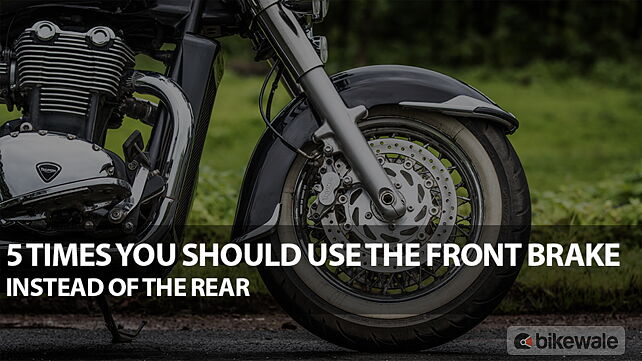





![Aprilia Tuono V4 1100 [2018-2019] Image Aprilia Tuono V4 1100 [2018-2019] Image](https://imgd.aeplcdn.com/272x153/bw/models/aprilia-tuono-v4-1100-rr20190724175212.jpg?q=80)
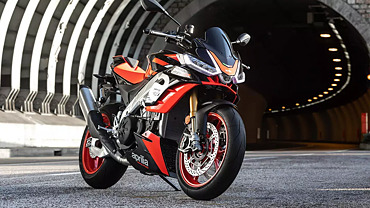

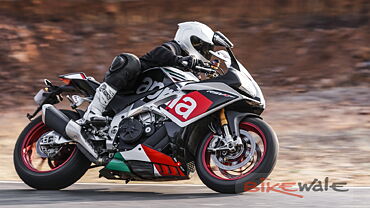
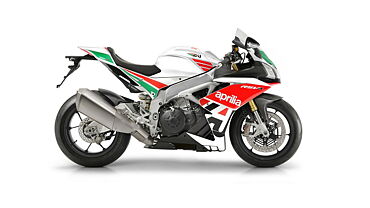
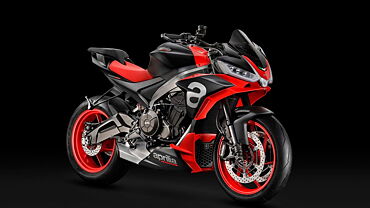

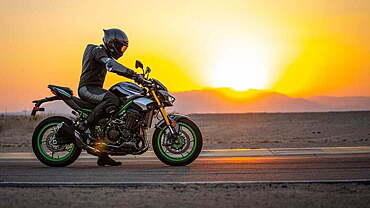

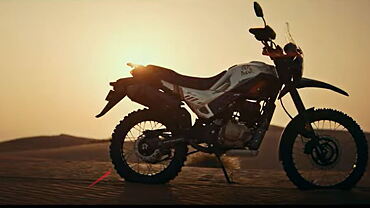

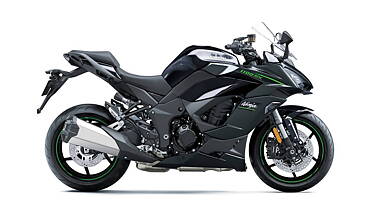
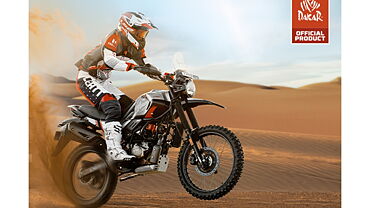
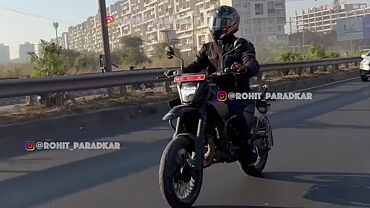
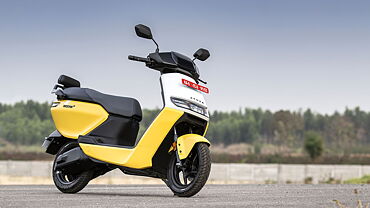
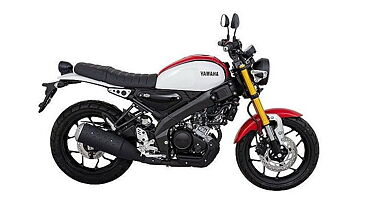
![Aprilia Tuono V4 1100 [2018-2019] Wheels-Tyres Aprilia Tuono V4 1100 [2018-2019] Wheels-Tyres](https://imgd.aeplcdn.com/199x112/bw/ec/23272/Aprilia-Tuono-V4-1100-Factory-Wheelstyres-72256.jpg?v=201711021421&q=80)
![Aprilia Tuono V4 1100 [2018-2019] Wheels-Tyres Aprilia Tuono V4 1100 [2018-2019] Wheels-Tyres](https://imgd.aeplcdn.com/199x112/bw/ec/23272/Wheelstyres-72203.jpg?v=201711021421&q=80)
![Aprilia Tuono V4 1100 [2018-2019] Wheels-Tyres Aprilia Tuono V4 1100 [2018-2019] Wheels-Tyres](https://imgd.aeplcdn.com/199x112/bw/ec/23272/Aprilia-Tuono-V4-1100-Factory-Wheelstyres-72209.jpg?v=201711021421&q=80)
![Aprilia Tuono V4 1100 [2018-2019] Cornering Aprilia Tuono V4 1100 [2018-2019] Cornering](https://imgd.aeplcdn.com/199x112/bw/ec/23272/Aprilia-Tuono-V4-1100-Factory-Cornering-72199.jpg?v=201711021421&q=80)
![Aprilia Tuono V4 1100 [2018-2019] Action Aprilia Tuono V4 1100 [2018-2019] Action](https://imgd.aeplcdn.com/468x263/bw/ec/23272/Aprilia-Tuono-V4-1100-Factory-Action-72240.jpg?v=201711021421&q=80)


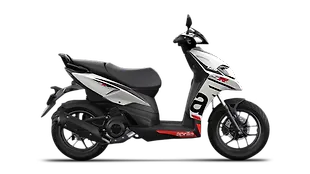




![Bajaj Chetak [2025] Bajaj Chetak [2025]](https://imgd.aeplcdn.com/272x153/n/cw/ec/193633/chetak-2025-front-view.png?isig=0&q=80)
